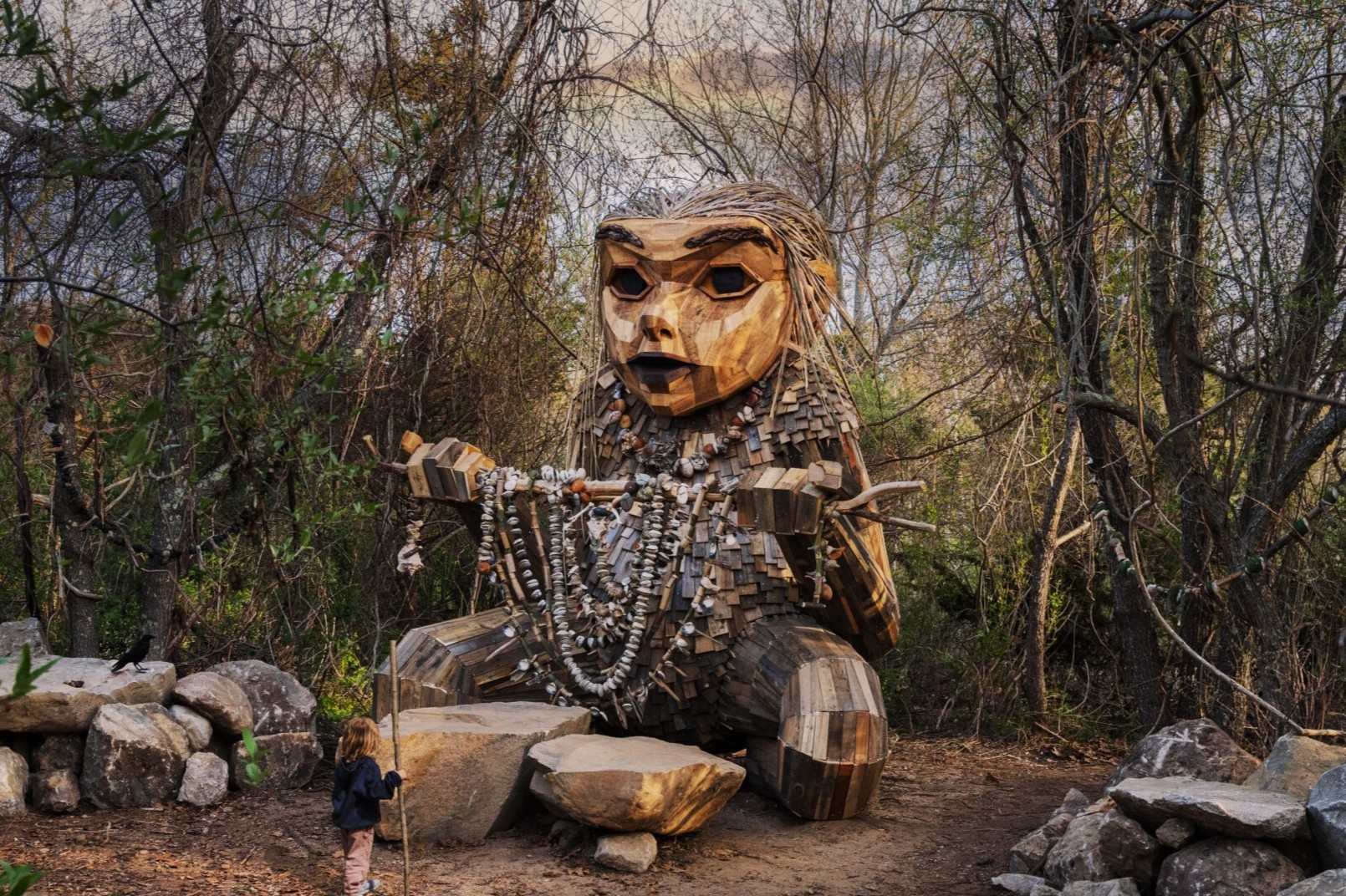Mysteries Of Rhode Island’s Ninigret Point Stone Rings

Have you ever wondered about the Ninigret Point Stone Rings in Rhode Island? These mysterious stone circles have puzzled historians and archaeologists for years. Located in Charlestown, these rings are believed to date back centuries. Some think they were used by Native Americans for ceremonial purposes, while others suggest they might have been colonial boundary markers. The true purpose remains a topic of debate. Visiting Ninigret Point offers a unique glimpse into the past, surrounded by natural beauty. Whether you're a history buff or just curious, these stone rings are a fascinating piece of Rhode Island's heritage waiting to be explored.
Mysteries of Rhode Island's Ninigret Point Stone Rings
Rhode Island, the smallest state in the U.S., holds some of the most intriguing secrets. One such enigma lies in the stone rings at Ninigret Point. These ancient formations have puzzled historians, archaeologists, and locals alike. Let's delve into the mysteries surrounding these fascinating structures.
Theories Behind the Stone Rings
Many theories attempt to explain the origin and purpose of the stone rings at Ninigret Point. Some suggest they were used for ceremonial purposes, while others believe they served practical functions. Here are a few of the most compelling ideas:
Native American Ceremonial Sites
- Some historians argue that the stone rings were created by Native American tribes for ceremonial or spiritual purposes. The precise arrangement of the stones could have held significant meaning in their rituals.
Colonial-Era Boundaries
- Another theory posits that these stone rings were used as boundary markers during the colonial era. Settlers might have used them to delineate property lines or significant landmarks.
Astronomical Alignments
- A more speculative idea is that the stone rings were aligned with celestial events. Similar to Stonehenge, these formations might have been used to track the movements of the sun, moon, or stars.
Exploring Ninigret Point
Visiting Ninigret Point offers a chance to see these mysterious stone rings up close. The area is rich in natural beauty and historical significance. Here are some spots you shouldn't miss:
Ninigret National Wildlife Refuge
- This refuge provides a stunning backdrop for the stone rings. While exploring the trails, you might stumble upon these ancient formations. The refuge also offers opportunities for bird watching and enjoying the coastal scenery.
Fort Ninigret
- Located nearby, Fort Ninigret is another historical site worth visiting. This fort, built by the Narragansett tribe, adds another layer of history to your trip. The stone rings might have been part of the broader landscape used by the tribe.
Charlestown Breachway
- A short drive from Ninigret Point, Charlestown Breachway offers beautiful views of the Atlantic Ocean. It's a great spot to relax and reflect on the mysteries of the stone rings.
Local Legends and Folklore
The stone rings at Ninigret Point have inspired numerous local legends and folklore. These stories add to the mystique of the area and provide a glimpse into the cultural significance of the formations.
The Legend of the Stone Circles
- One popular legend suggests that the stone rings were created by a giant who roamed the area. According to the tale, the giant placed the stones in a circle to mark his territory.
The Ghost of Ninigret Point
- Another story tells of a ghost that haunts the stone rings. Locals claim to have seen a spectral figure wandering among the stones, adding an eerie element to the site.
The Cursed Stones
- Some believe that the stones are cursed and bring bad luck to anyone who disturbs them. This legend has deterred many from tampering with the formations, preserving their mystery.
Scientific Investigations
Despite the many theories and legends, scientific investigations have yet to provide definitive answers about the stone rings at Ninigret Point. Researchers continue to study the formations, hoping to unlock their secrets.
Archaeological Surveys
- Archaeologists have conducted surveys of the area, mapping the stone rings and searching for artifacts. These studies aim to uncover clues about the people who built the formations and their purpose.
Geological Analysis
- Geologists have examined the stones themselves, analyzing their composition and origin. Understanding where the stones came from might provide insights into how they were transported and arranged.
Historical Research
- Historians have combed through records and documents, looking for references to the stone rings. While some mentions have been found, the true story behind the formations remains elusive.
The stone rings at Ninigret Point continue to captivate those who visit. Whether you believe in the legends, the scientific theories, or something entirely different, these ancient formations offer a fascinating glimpse into Rhode Island's past.
The Enigma of Ninigret Point Stone Rings
Ninigret Point Stone Rings remain a captivating mystery. These ancient structures, found in Rhode Island, continue to puzzle historians and archaeologists alike. Their origins and purpose are still debated, with theories ranging from Native American ceremonial sites to colonial-era boundary markers.
Visiting Ninigret Point offers a unique glimpse into the past. The stone rings stand as silent witnesses to a time long gone, sparking curiosity and imagination. Whether you're a history buff or just love a good mystery, these stone rings are worth exploring.
Understanding the full story behind Ninigret Point Stone Rings may take more time and research. Until then, they remain one of Rhode Island's most intriguing secrets. So next time you're in the area, take a moment to visit and ponder the enigma of these ancient stone formations.

